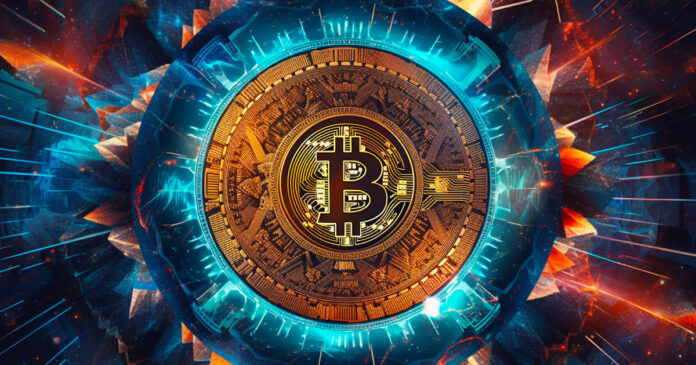Ordinals create a paradigm shift in Bitcoin performance, with the potential to unlock better potentialities in digital asset administration, NFTs, and collectibles. Because the Ordinals undertaking evolves, the mixing of recursion creates new alternatives for creating advanced and interactive content material on the Bitcoin blockchain.
Labeled “Ordinals 2.0” by Bitcoin persona Dan Held, recursion permits registrations to entry and use content material from different registrations. This makes it attainable to remix current listings and create shared public sources.
Moreover, recursion facilitates the event of generative artwork collections and profile image collections, providing distinctive combos to attraction to customers and builders within the Bitcoin neighborhood.
Bitcoin bizarre
Ordinals function a novel numbering scheme for satoshis, permitting customers to trace and switch particular person sats. Satoshis are numbered based on their order of mining and transferred based on the primary in, first out technique.
Ordinals have varied representations together with integer notation, decimal notation, diploma notation, percentile notation, and identify. These ordinal numbers can be utilized to connect arbitrary belongings corresponding to NFTs, safety tokens, accounts or stablecoins to satoshis, offering secure identifiers.
The Ordinals undertaking is open-source, consisting of a BIP, index, pockets, block explorer, and performance to inscribe satoshis with digital artifacts. As a brand new tackle the bitcoin ecosystem, Ordinals goals to enhance community capabilities and generate extra curiosity in bitcoin-based functions.
Good contract performance by way of recursion
Listings, as native digital artifacts of Bitcoin, successfully operate as NFTs. Saved on-chain, they provide immutable and self-contained content material. The mixture of ordinals and recursion can probably unlock advanced and interactive content material on the Bitcoin blockchain, paving the best way for good contract-like performance inside the community.
This recursive performance brings a number of benefits:
- Content material reusability: Recursion permits registrations to reference and reuse content material from different registrations, which may be helpful for constructing modular and versatile good contract-like functions on the Bitcoin blockchain. For instance, an inscription containing a selected operate or algorithm may be reused by different inscriptions, decreasing redundancy and selling the environment friendly use of on-chain sources.
- Dynamic content material creation: By permitting listings to entry content material from different listings, recursion makes it simpler to create dynamic and interactive content material, like generative artwork and profile image collections with distinctive combos. This will stimulate extra advanced and artistic use circumstances inside the Bitcoin community.
- Cross-Registration Interactions: Recursion permits registrations to work together with one another, opening up the potential for multi-step or conditional transactions. This will facilitate extra refined good contract-like functions, corresponding to decentralized auctions, escrow companies, and royalty distribution mechanisms.
- Improved safety and management: As a result of registrations can work together with different registrations via recursion, builders can construct advanced functions that mix a number of registrations with various ranges of entry management, permitting for safer and granular management over good contract-like performance.
Whereas recursion alone doesn’t carry full-fledged good contract performance to Bitcoin, its integration with Ordinals creates an setting that helps extra advanced and interactive use circumstances inside the Bitcoin ecosystem. probably paving the best way for good contract-like functions on the Bitcoin blockchain.
With the adoption of ordinals anticipated to develop, the Bitcoin community is poised to see an inflow of modern use circumstances, particularly in digital asset administration, NFTs, and collectibles. With recursion and ordinals working collectively, good contract-like performance may be facilitated within the Bitcoin blockchain, driving elevated curiosity and improvement in Bitcoin-based functions and decreasing chain bloat from recursion.
